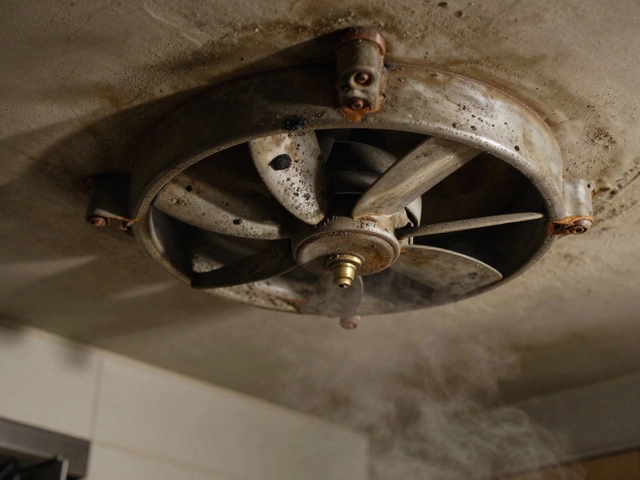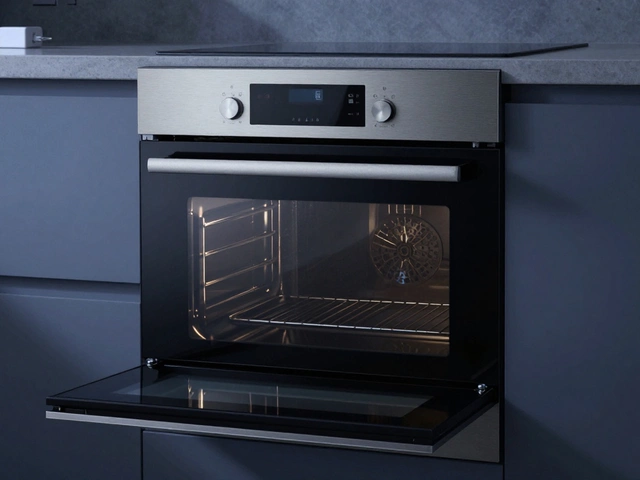Electrician Fan Installation: What You Need to Know
When dealing with electrician fan installation, the process of fitting a fan by a qualified electrician, ensuring correct wiring, mounting, and compliance. Also called fan fitting, it blends electrical safety with proper ventilation. Below you’ll see why hiring a pro matters and what each step covers.
Why a Qualified Electrician Matters
A fan isn’t just a decorative gadget – it’s an electrical load that must be wired to the house’s circuit safely. electrical wiring, the network of cables and connections that deliver power throughout a home must match the fan’s voltage and current rating. Mistakes can cause blown fuses, fire hazards, or void warranties. Moreover, building regulations, the set of legal standards governing construction and renovation work in the UK often require a certified electrician to certify the work, especially in kitchens and bathrooms where moisture is present. Skipping this step can lead to costly re‑inspections.
When you call an electrician, they’ll check the existing circuit, add a dedicated breaker if needed, and ensure the fan’s grounding is solid. This way you avoid the common pitfall of over‑loading a circuit that already powers lights or sockets. It also means the installation passes the next Homeowner’s Association or council inspection without a hitch.
Beyond safety, a pro knows the right fan for the space. extractor fan, a ventilation device that pulls moist or stale air out of a room, commonly used in kitchens and bathrooms needs a vent duct sized to its airflow rating (CFM) and a location that won’t recirculate damp air. Installing the wrong size can lead to excess noise or insufficient extraction, defeating the whole purpose.
Similarly, a ceiling fan, a mounted fan that circulates air in a room, often combined with a light fixture must be balanced and securely anchored to a ceiling joist or fan brace. An electrician will verify the mounting point can handle the fan’s weight and torque, preventing wobble that can damage the ceiling over time.
Tools matter too. A qualified installer brings a voltage tester to confirm the circuit is dead before any wires are touched. They also use a drill with the proper bit size for mounting brackets, and a torque wrench to tighten connections to the manufacturer‑specified tightness. These details might sound minor, but they are the difference between a fan that runs quietly for years and one that needs a repair call within weeks.
Common problems after DIY installs include no power, humming without airflow, or a fan that rattles. A skilled electrician can diagnose whether the issue is a loose connection, an incompatible switch, or a faulty fan motor. They’ll also know how to properly wire a fan to a dimmer or a motion sensor, something many homeowners overlook.
Beyond troubleshooting, a professional installation can boost energy efficiency. Properly sized fans use the right amount of electricity, and correct wiring minimizes power loss. In the long run, this saves money on electricity bills and reduces wear on the fan’s motor.
All these points tie together: safety, compliance, performance, and savings. Below you’ll find a curated list of articles that dive deeper into each aspect – from choosing the right extractor fan to understanding UK building regs, from DIY wiring basics to when you should definitely call a pro. Explore the collection to get the full picture before you start your next fan project.
Wondering who installs extractor fans? Learn how electricians, ventilation specialists and even DIYers tackle kitchen and bathroom fan fitting. Discover key tips, legal rules, and smart advice.


